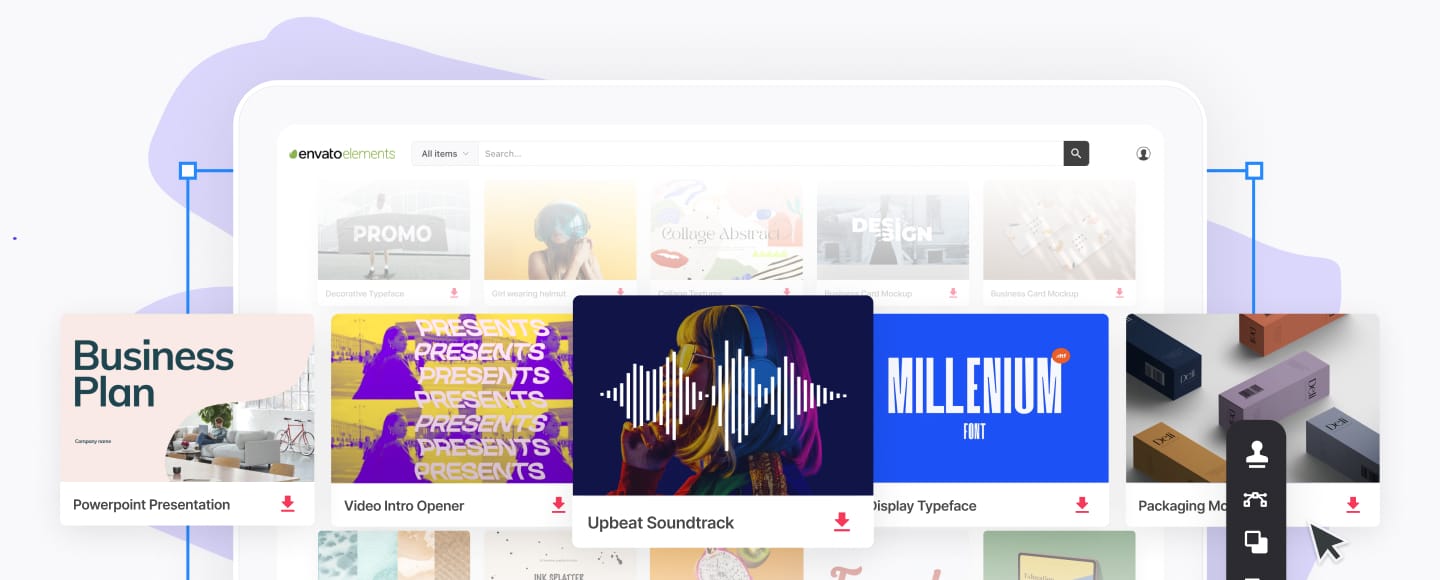How to Approach Your Website Redesign Process Like a Pro
Your website redesign project doesn’t start when you sketch out what you want the site to look, when your designer starts drawing the first pixel, or when you buy a pre-made website template. Even for small businesses, redesigns should start with a lot of strategic planning.
Without a strategic approach, your redesign might come out late, over-budget, and might be more of an expense than an investment. The following process might sound a bit overwhelming, but you’ll get a lot of advantages in return.
You can also streamline the process by using the Pro Website Redesign Planning - Worksheet (Free PDF Download). After you're done, you'll have a website that looks great, runs efficiently, and can bring in more business.



With that said, here’s what it takes to undertake a professional redesign project:
Planning a Website Redesign? Evaluate Your Business First
Getting a revamped website doesn’t mean throwing out your old website. It has to start with a review of what your current design is doing for you, what it lacks, and how it fits in your overall business.
Start by doing a quick review of your business as a whole. Consider the following areas:
- Branding. How would you define your brand? Who are your target customers? How would they describe your brand?
- Sales. Are you consistently reaching your sales targets? If not, what improvements are in the works that can help you meet your goals?
- Marketing. Which marketing channels are you currently using? What results are you getting for each marketing channel?
- Profits. Given both the income and expenses for your business, how much are the profits? Which products and which marketing channels deliver the highest profits?
- Competition. How healthy is your business compared to your competitors?
- Other KPIs. Consider the other key performance indicators that you use to measure the success of your business. This could be the number of recurring customers, the average lifetime value of your customers, or the number of new leads you get per month.
If you want to dig deeper in the above areas, here are some guides you can refer to:


 What Are KPIs and How to Use Them in Your Small Business?
What Are KPIs and How to Use Them in Your Small Business?

 Andrew Blackman25 Jul 2022
Andrew Blackman25 Jul 2022

 How to Write a Competitive Analysis for Your Small Business (With Template)
How to Write a Competitive Analysis for Your Small Business (With Template)

 Celine (CX) Roque06 Jul 2022
Celine (CX) Roque06 Jul 2022

 How to Run a Healthy Small Business—With a Monthly Review Checklist
How to Run a Healthy Small Business—With a Monthly Review Checklist

 Andrew Blackman23 Dec 2022
Andrew Blackman23 Dec 2022
Think about the role that your current design plays in each of the above areas. How does your current website design display your branding? How much sales are you getting? For each dollar you spend on your website, how much revenue are you getting in return? Once you've examined the role of your website in these key areas, you can find out how you can improve it.
Pro Website Redesign Planning - Worksheet
If you haven't already, now's a good time to Download the Free Pro Website Redesign Planning - Worksheet (PDF).



Evaluate Your Current Website for Redesign
As you’re reviewing your website’s current design, you’ll be looking at three things: the website itself, your process, and the site’s performance.
1. What Problems Does Your Current Website Have?
First, review this checklist of signs that your site needs a redesign:
Which signs did you notice on your site? Which ones concern you the most? Take note of these items since you’ll be addressing them in your redesign.
2. How Did Your Last Website Redesign Process Go?
Even if your website was last designed years ago, it’s important to remember as much as you can about the design process:
- Which parts of the process worked?
- Which parts were frustrating?
If there was a designer or other people involved, try to recall how the collaboration process was like. Search your emails and documents to shed light on how your current design was made. Take notes on how you can plan this redesign project to run smoothly and hit your goals.
3. How is Your Current Website Performing?
Next, look at the details of how well your website is playing its role in your sales and marketing. Gather benchmark metrics like the following:
- Average Number of Monthly Visitors. These are the number of people who visit your site every month.
- Top Visitor Locations. These are the countries or cities where majority of your website visitors come from.
- Top Visitor Devices. You can also note the devices that your users typically use when viewing your site. You don't have to go into specific makes and models, even if your site analytics program tracks those. Just note the type of device, the operating system, and the web browsers used.
- Bounce Rate. This is the percentage of your site visits that only stay on one page of your site. If your site is dependent on people viewing content pages, such as blogs, then this might be an important metric for you. You can learn more about bounce rates from this article.
- Top Referral Traffic Sources. These are the websites that bring in the most visitors to your site. These could be social media sites or popular websites or blogs that have mentioned your business.
- Number of New Leads Per Month. If you use your website to gather leads, your number of leads per month are likely to be your number of subscribers, inquiries, or registrations.
- Number of Sales Per Month. Count only the sales that were made directly from your website, if you have multiple points of sale (such as in-store, via social media, or other storefronts.)
- Revenue Per Month. How much money does your website bring in? How does this compare with other sources of sales or income?
- Website Conversion Rates. Most websites are built for conversions. Find out what percentage of your website visitors end up becoming leads (such as subscribers or registered users). If you sell directly from your website, also compute how many of these leads end up being paying customers.
You don’t need to gather all the above metrics, just those that are relevant to your business. Collecting these benchmark statistics can help you easily compare your current design with your new design. After all, it's best if your new design at least has similar results with your current design.
Don't forget to gather descriptive comments as well. For example, since you launched your current design, what feedback have you received from users and customers? Go through old customer reviews and emails to see if there have been any complaints or praises.
It's Now Time to Set Your Design Goals
Once you’ve taken stock of your current design, set your sights on your business goals for the near future. Where do you hope your business will be in the next 6 months? How about in a year or two? Be as specific and as quantitative as possible. Clarifying your goals will allow you to set a direction for your new design.
If you need to do a bit more work to specify your goals, here are some tutorials that can walk you through the process:


 How to Set Goals With No Room For Excuses in 2021
How to Set Goals With No Room For Excuses in 2021 David Masters23 Dec 2020
David Masters23 Dec 2020

 How to Set Effective Goals for Your Freelance Business
How to Set Effective Goals for Your Freelance Business

 Andrew Blackman14 Sep 2022
Andrew Blackman14 Sep 2022
When you have your business goals at hand, focus on how your new website should help you with these goals. For example, if your goal is to increase conversions, perhaps you can plan to create a streamlined online sales funnel using your website.
If your goal is to get more leads, you can specify that your new site should be optimized for search engines and social media so that it’s easier for people to find. List these goals on the worksheet so that you and your designer have a reference for the site's primary objectives.
Clarify Your Website Redesign Process
Finally, visualize what you want your redesign process to look like. Don’t just list the steps you need to take, look at every aspect of the process from the big picture to day to day operations.
If you're working on the design yourself, this can be no more than a simple list. But, if there are other people involved in the process, you need to be more specific. This includes the feedback process you have with the designer, your level of communication with each other, as well as tentative deadlines for major milestones.
It’s easy to overlook this step. After you’ve set goals, it’s tempting to start searching for a website template or hiring a designer. But without putting your expectations on paper, you’re likely to end up miscommunicating or understating the parts of the process that you find most important.
Discover great Wordpress Themes on Envato Elements or ThemeForest.
Also, if you’re hiring a designer, list your criteria for a “dream candidate.” Include design qualifications, the types of clients they’ve worked with in the past, communication style, approach to design, and price. Do this before you start looking through freelancer portfolios or designer communities to find the right professional.
Have a Professional Redesign Process
Once you’re done with the above steps, you’re ready to get started on the actual design. Whether this involves searching for a results-driven website template on a professional Marketplace like ThemeForest, designing the site yourself, or hiring a designer, you’re starting off your project with a solid foundation. This way, you’re getting a new website that’s all about results, not just looks.





